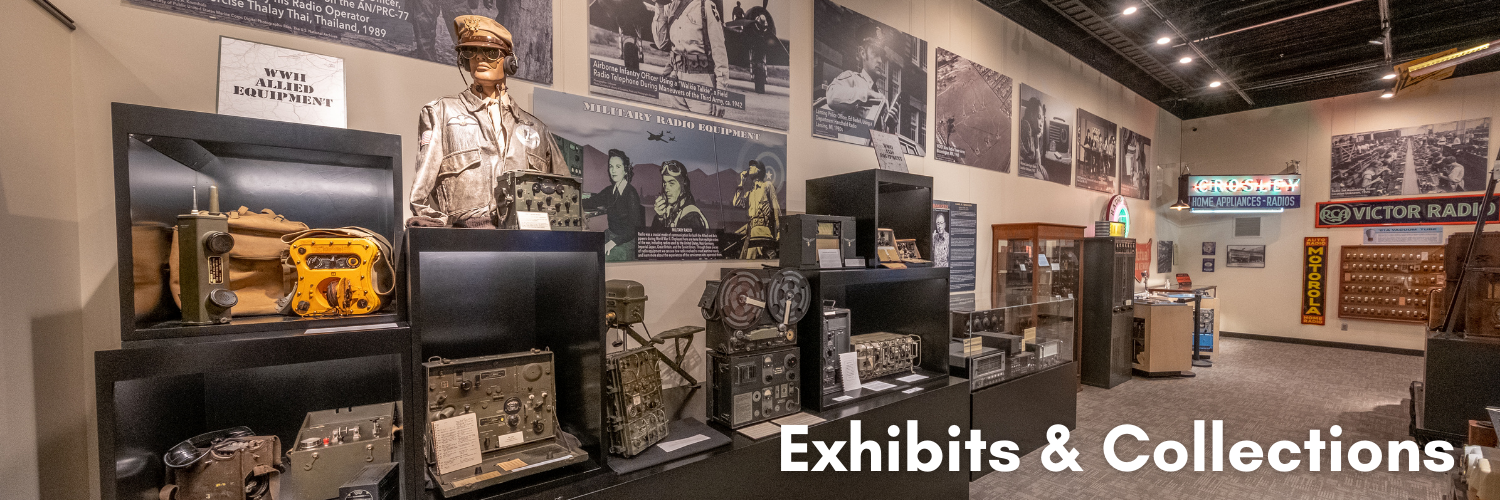
The Pavek Museum will be closed on Thursday, February 23.

Donated by the Pavek Museum's namesake, the Joe Pavek collection contains artifacts representing the history and evolution of early radio technology. Consisting primarily of radios from the early 1900s through 1940s, it also includes artifacts that are precursors to radio technology, like telegraphs and telephones.
Joseph R. Pavek (1908-1989) was an ardent radio collector and amateur radio operator. Coincidentally, he was born on the day that the first radio tube, the de Forest Audion, was patented. He built his first crystal set and Model T Ford spark coil transmitter in 1919, and received his amateur call letters, W9OEP (Old Empty Pockets), in 1933. His lifelong passion for collecting earned him a national reputation as a radio authority and historian: he received the coveted Houck Award from the Antique Wireless Association, the Batcher Award, and a Fellowship from the prestigious Radio Club of America. He eventually donated his entire collection to the museum that bears his name, which opened its doors in 1988.
Acquired in 1990 from John "Jack" Mullin, the Mullin Collection consists of artifacts representing audio and sound-recording history. The collection includes early magnetic tape machines like the Magnetophon and Ampex 200, phonographs and record players, and a diverse array of microphones.
John “Jack” Mullin (1913-1999) was a premier collector of audio and sound-recording devices. It all began when he was a member of the Signal Corps during World War II, when he acquired a magnetic tape recorder called a Magnetophon from a German station that would forever change audio recording in America. At that time, magnetic tape was unknown to American audiences. After the war, Mullin partnered with Ampex to create the first American magnetic tape recorder, which was based on the Magnetephon.
Charles Bradley was an avid radio and phonograph collector, and one of the Pavek Museum's very first members. The Charles Bradley Collection contains Minnesota-manufactured radios and novelty radios.
Charles Bradley (1933-2012) had multiple collections over his lifetime, including phonographs, RCA Nipper dogs, and radios. The Pavek Museum obtained his 1920s Minnesota-manufactured radio collection in 1990, and his novelty radio collection in 1998. Charles worked as a printer for most of his life, but after retirement became a master woodworker. As one of its first members, he was heavily involved with the Pavek Museum, repairing items for free and sharing his knowledge through seminars.